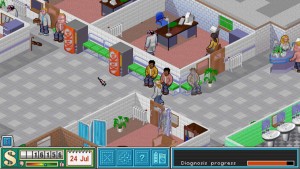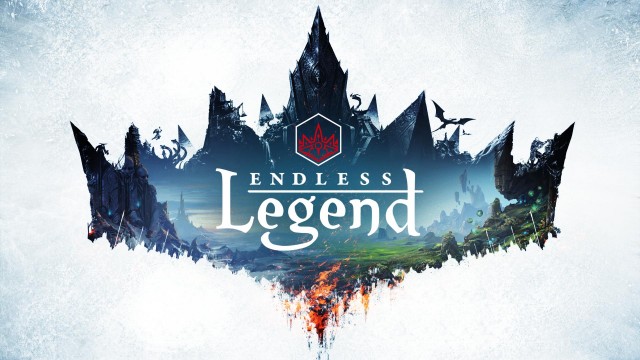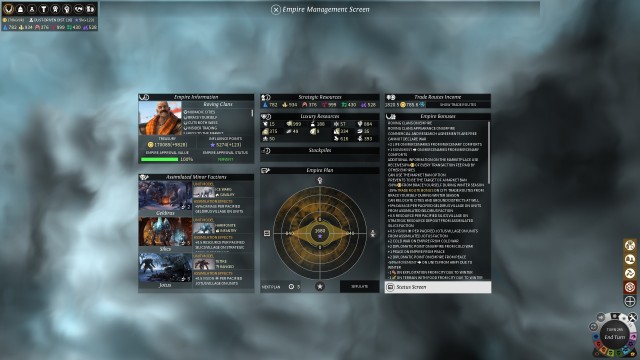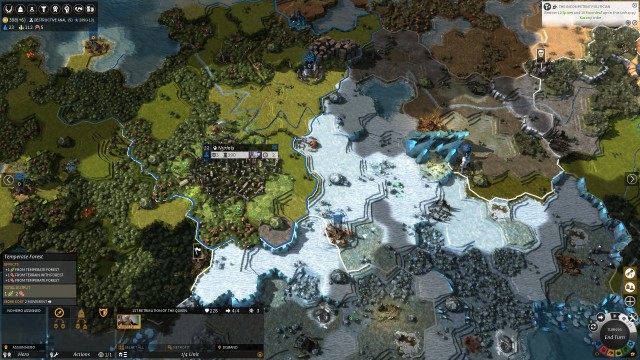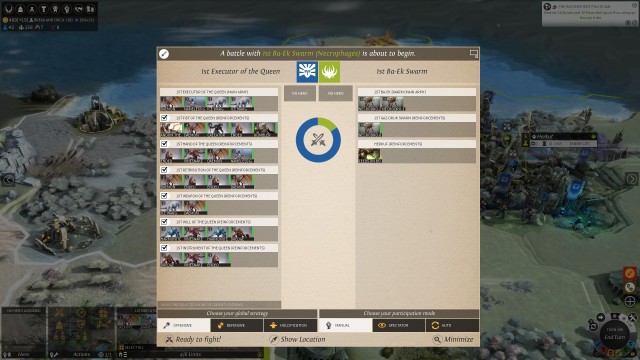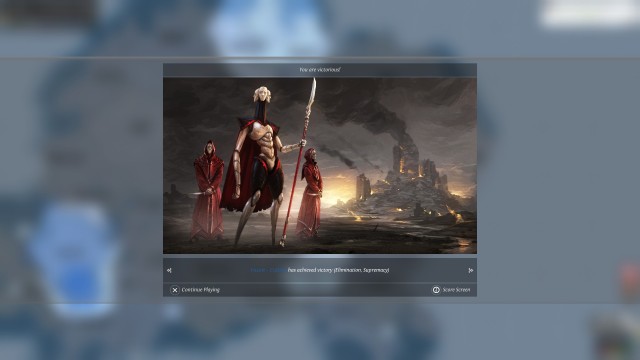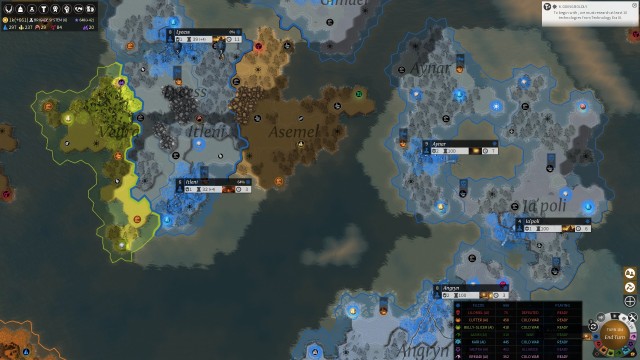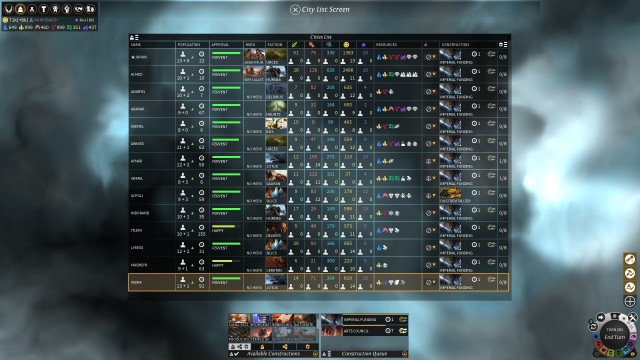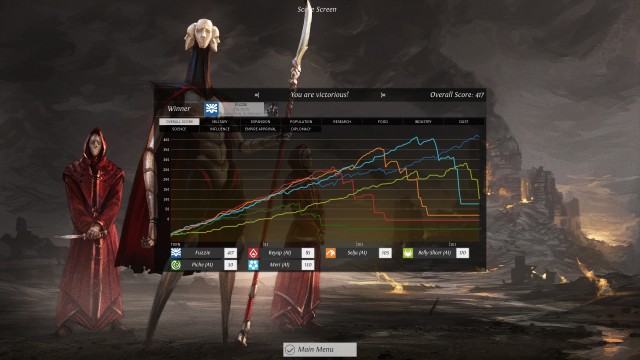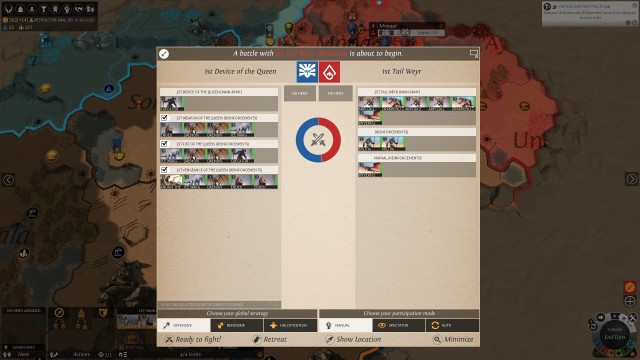Puzzle & Dragons
Through the Lenses of Game Design
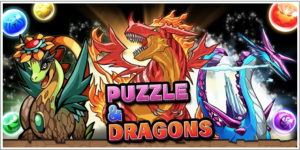
Puzzle & Dragons (PAD) is a puzzle game created by GungHo Online Entertainment for the mobile platforms, iOS, Android OS, and Kindle Fire which combines both tile-matching puzzle elements as well as strategic elements that requires the player to acquire, train, and fight with a team of monsters that range from standard fantasy fare like dragons and fairies, mythical beasts and gods from mythologies all over the world, to even collaborations with famous entertainment series.
Website: http://www.gungho.jp/pad/
Gameplay Demo: http://youtu.be/ONDUtudZ9jk
The Lens of Elemental Tetrad
Mechanics:
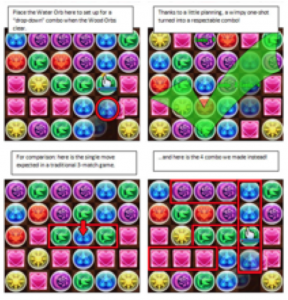
One key feature that separates it from other match-three games like Bejeweled and Candy Crush Saga is that the orb that the player picks up is allowed to move as far across the game board as the player wishes to, instead of just swapping places with one of its neighbours. This allows for a more challenging form of gameplay as it requires the player to create as many combinations of not only 3 orbs, but 4, 5 or even up to 30 orbs (the game board’s size)!
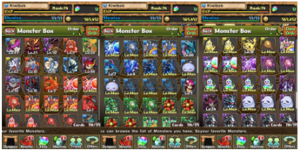
Another feature is being able to collect, train and eventually field a team of powerful monsters to fight against the other monsters — lending a role-playing mechanic to the game. Monsters come with both skills and leader skills which add interesting twists to the game by giving bonus damage or health to the player’s team of monsters.
Aesthetics & Technology:
Contrary to the slew of mobile games out in the Apple App Store and Android Marketplace these days which boast bleeding age graphics and stunning visual effects, PAD maintains a simple form of graphics that is simple to draw and yet visually appealing with its cute cartoonish graphics. Although given that the game was released about 3 years ago, the menus do look a tad outdated. It is also apparent that many of the stages share the same background design, ranging from catacombs, forests, dungeons and even outer space. However, for collaboration events, the game’s artists tend to create unique backdrops for that particular collaboration to add a sense of exclusivity to the event.
Story:
For a game that has over 41 million downloads, it does not have a story per se, unlike its spin-off Puzzle & Dragons Z on the Nintendo 3DS. This goes to show that a story is not always required to make a popular game.
Based on the descriptions from the 4 various elements listed above, it is apparent that Gungho is not trying to make a game that is overly complicated with fancy graphics, seat-gripping storyline, and complex gameplay mechanics. But instead, it is trying to focus on only one thing: make a simple to learn but yet difficult to master puzzle game that is appealing to all ages and make it outstanding.
The Lens of Chance
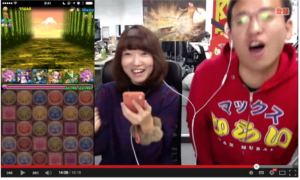
In this puzzle game, even if the player possesses preternatural puzzle solving skills does not guarantee absolute success in the game if luck is not on his side. That is because luck is a major factor in many aspects of the game. Such as whether the orbs that drop onto the game board to replace the cleared orbs can form additional combos to increase the damage multiplier, to see if the monster that has been defeated drops as an egg to be collected by the player to add to his team, or even if the player is able to obtain rare and powerful monsters from the gachapon machine.
Through carefully observing players, it is evident that luck (chance) is a major factor in this game no matter how skilled the player is.
The Lens of Economy
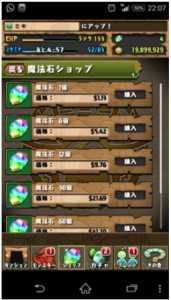
A key aspect that keeps the developers in business despite releasing the game for free is the sale of in-game currency (magic stones). In the game, magic stones are used to either restore the player’s stamina (allowing him to play more), continue a stage in which the player has died in, roll for rare monsters via a gachapon machine and many other features. Magic stones are given to the player every time he completes a dungeon as well as through events via the in-game mail system. Whilst this may seem rather contradictory — giving out free money to the players (each stone costs S$1.20, with discounts given for bulk purchases) — it is, in my book, a fantastic marketing ploy to entice players to purchase them. By giving the players a taste of what magic stones can do, they would more likely to be enticed into buying more magic stones instead of waiting for the off-chance that the daily gift for the day is a magic stone.
The Lens of Emotion
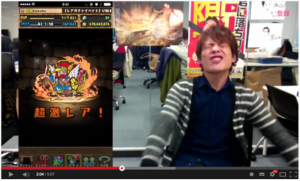
Being a puzzle game with a major factor of randomness thrown in, it is only appropriate that we consider the emotions that a player expresses as he plays the game. When I was observing my friend who was playing the game, she displayed an outburst of emotion in the form of rage by throwing down her phone on the table when she died in the game. It wasn’t until I wore the lens of emotion that I realised that I too occasionally do the same. During my observation of the AppBank employees, it is also apparent on their faces the various types of emotions that they are going through as they were hoping for another combo via sky fall orbs or rolling the magic stone gachapon machine. From the anticipation on their faces to the prayers that they were mumbling under their breath, it is clear that through the randomness factor of the game that we experience a myriad of emotions as we play the game.
The Lens of Motivation
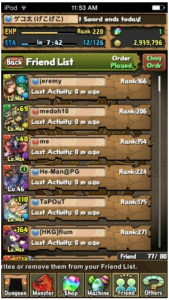
The more the player plays, the more likely he would see other players whom he can add to his friend list in order to use their party’s leader monster as a member of his party. Many a times, these monsters are those whom the player has either never encountered or do not have in their team. By seeing these new and powerful monsters whom they can temporarily add to their team, players will be more motivated to try to acquire them so as to make them a permanent part of their team. This lends a sense of motivation to the game.
Collaborations with different popular entertainment franchises are, as mentioned earlier, prominently featured in the game. Bringing with it limited-time dungeons and their own unique collaboration gachapon machines on which players can spend 5 magic stones for a single roll of the machine to possibly acquire exclusive monsters. More often than not, it is unlikely that the player has enough magic stones to roll enough times to get all of the possible drops from the timed gachapon machine and/or the dungeon. Giving the player a sense of initial disappointment (as you can’t always get them all) and motivation (to acquire more magic stones and/or a stronger team of monsters).
![]()
